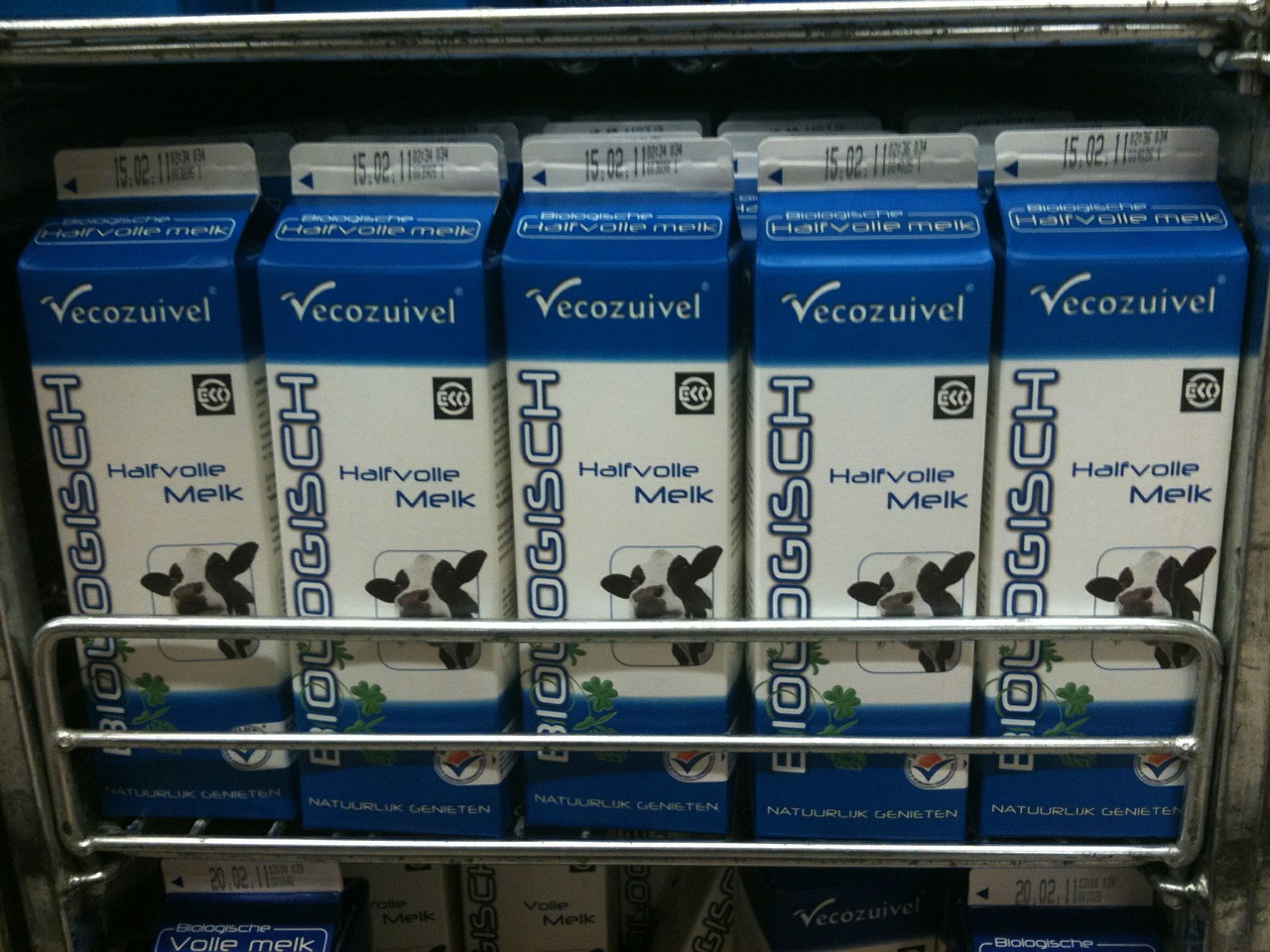in Globalized Food Supply Systems – Social Dimension (4). In the last two weeks I spoke about the spatial and temporal differentiation of modern food supply systems. Now I will turn to the social consequence of this differentiation.
As different actors in the supply chain are separated in time and space direct interaction between them is increasingly impossible. In complex socio-technical arrangements of modern markets direct interpersonal interaction gets standardized and replaced by the handling of intermediating artefacts like packages.It is often the information provided on product packaging which mediates the exchange of information between production and consumption spheres. As social distance increases this exchange is increasingly standardized – social trust and loyalty is replaced by quality standards, product certification and brands. Packaging allows transferring information between numerous actors without requiring personal conversation. This standardization not only regard the exchange of information and meaning but also the primary product exchange. Here packaging allows the provision of food in fix units to be consistent in pricing and quality standards. The coordination of multiple production steps is only possible if products are highly standardized. Food as a natural resource with varying properties has to be transformed into a standardized commodity (a steak of 400g or half a litter of milk).
For the consumer packaging entails a different way of choosing products. Packaging not only mediates the interaction with the producer but also the interaction with the products as such. With foods wrapped in vacuum packs consumers cannot rely on their direct sense of smelling, touching or tasting the different products but they have to make their selection based on written product-assessments, labels and brands. Thereby, different packaging allows the foundation of new product categories like microwave popcorn or drinkable yoghurt. Additionally, packaging makes it possible to distinguish between products which cannot be kept apart based on their sensual properties. The Result is that some supermarkets pack products mainly to enable proper differentiation, for example between conventional carrots and the more expansive ecological ones. This function to coordinate between processes and steps is mainly associated with barcodes as technical feature of modern packages. New technological innovations like intelligent packaging (e.g. packaging which indicates product freshness) are further steps towards a standardization of supply chains.
A descriptive example of the social bridging function made by packaging is made by Finch and Geiger (2010) in their Actor-Network-Theory inspired study on marketing objects. They show how in contemporary supermarkets it is not the product which is sold but a marketing object referencing to this product. The implication is that in globalized markets the relations between producers, consumers and products are mediated through the marketing object. Packaging has been central in this development of markets and their reordering of relations between products and consumers. In making products to “marketing objects” it allows referencing to production and consumption simultaneously but from a distance. The marketing objects mediate between these spheres by providing written or visual information. In this ways they help consumers accessing knowledge of what they were buying, but simultaneously allow the masking of certain dimensions of the product and its production process. Thereby marketing objects are framing the market and its boundaries, by providing means of calculating differences and similarities with other market goods.
Over the last three weeks, I have showed how packaging is part of bridging processes that connect the worlds of production and consumption in differentiated supply systems. In face of rising plastic waste problems in rivers and oceans there is urgent need for a drastic reduction of the use of plastic packaging. Therefore, a re-dimensioning of supply systems towards regional supply circuits and shorter product chains must go hand in hand with an efficient reorganization of certain material intensive bridging practices.
For further Reading:
Finch, J./S. Geiger (2010): Positioning and relating. Market boundaries and the slippery identity of the marketing object. In: Marketing Theory 10, 3, 237–251.
How Packaging Bridges Production and Consumption in Globalized Food Supply Systems – An Overview (1)





